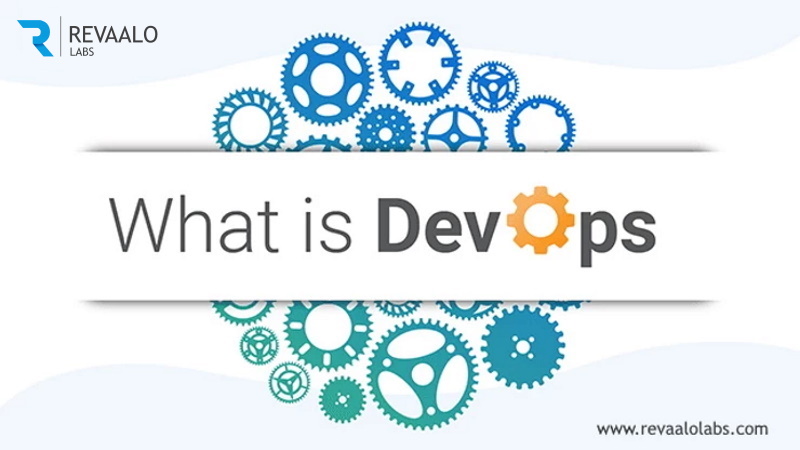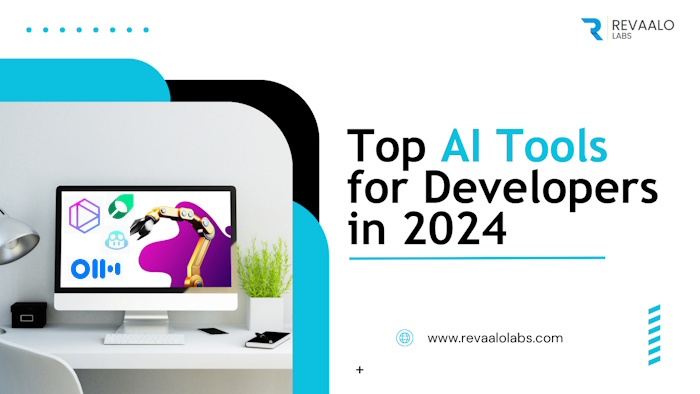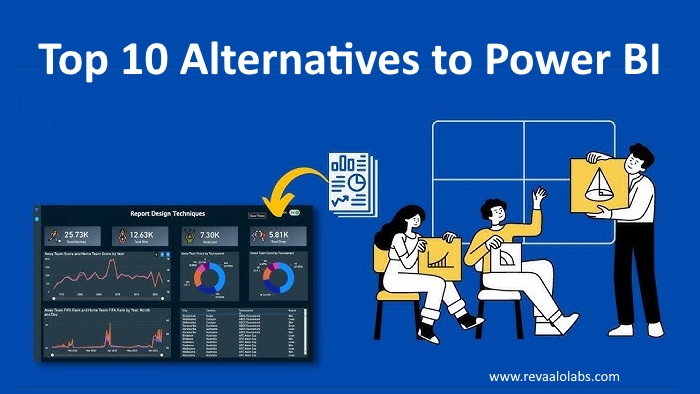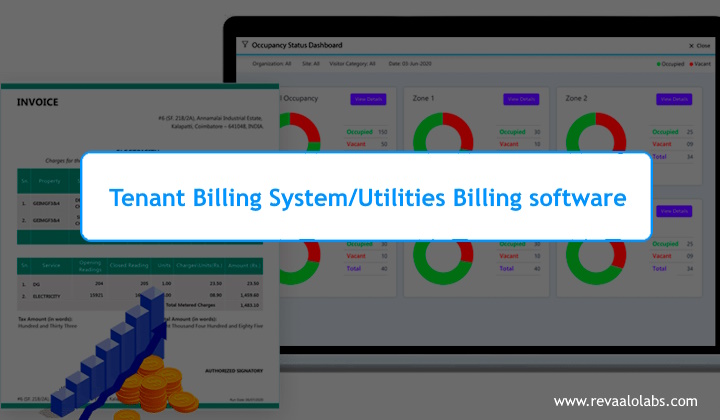#DevOps #SoftwareDevelopment #Programming

DevOps Process Flow – Explained
A compound of development (Dev) and operations (Ops), DevOps is the union of people, process and technology to continually provide value to customers.
In the process, IT solutions that enhance organizational capabilities for high-paced product development, faster delivery of applications and services, and timely marketing of products and services remain the need of the hour for every firm to gain a competitive edge.
What is DevOps?
DevOps is a culture which promotes collaboration between Development and Operations Team to deploy code to production faster in an automated & repeatable way. The word `DevOps` is a combination of two words `development` and `operations.`
The practice of DevOps encourages smoother, continuous communication, collaboration, integration, visibility, and transparency between application development teams (Dev) and their IT operations team (Ops) counterparts.
Why is DevOps is Needed?
How Does DevOps Process Flow Work?
DevOps process flow consists of a heavy emphasis on automatization and continuous work on product quality.

1. Continuous development
Various DevOps projects that need to be completed by the developers. The very first phase of DevOps to continue with any further work is to know the objective of the application. If you are aware of the objectives that your customer aspires from you, then you can start with the right development procedure. Once you are aware of the objectives, you can go on further steps.
2. Continuous Integration
Continuous integration is a software development practice in which developers merge code changes frequently into the main code branch. Continuous integration employs automated testing, which runs every time new code is committed so the code in the main branch is always stable.
3. Continuous testing
This practice incorporates automated, prescheduled, continued code tests as application code is being written or updated. Such tests can speed the delivery of code to production.
4. Continuous Delivery
Continuous delivery is the frequent, automated deployment of new application versions into a production environment. By automating the steps required for deployment, teams reduce issues that may occur upon deployment and enable more frequent updates.
5. Continuous Deployment
In this phase, the deployment process takes place continuously. It is performed in such a manner that any changes made any time in the code, should not affect the functioning of high traffic website.
6. Continuous monitoring
This practice involves ongoing monitoring of both the code in operation and the underlying infrastructure that supports it. A feedback loop that reports on bugs or issues then makes its way back to development.
Benefits of DevOps
DevOps proponents describe several business and technical benefits, many of which can result in happier customers. Some benefits of DevOps include:
Implementing DevOps In Your Company
If you have not yet implemented a DevOps process in your company, the task may seem daunting. A progressive implementation order may look like this:
And that was a short description on DevOps. Hope you liked it. If you have any requirement related to Software Development feel free to connect. Thanks!

One of the most critical decisions website developers must make is deciding what unit of measurement to use when sizing elements, fonts, and other design properties.
Read more
It`s an amazing technology-one that will help us solve society`s toughest problems and reshape the world.
Read more13
December

Today, web browsers play a significant role in our lives, providing us with access to a world of information and possibilities.
Read more
Power BI is a popular business intelligence tool developed by Microsoft for data visualization and analysis. While Power BI is a robust solution, there are several alternatives available that cater to different needs and preferences.
Read more09
October

Tenant billing systems are software solutions used by property owners, managers, and landlords to accurately bill tenants for their usage of utilities and services.
Read more